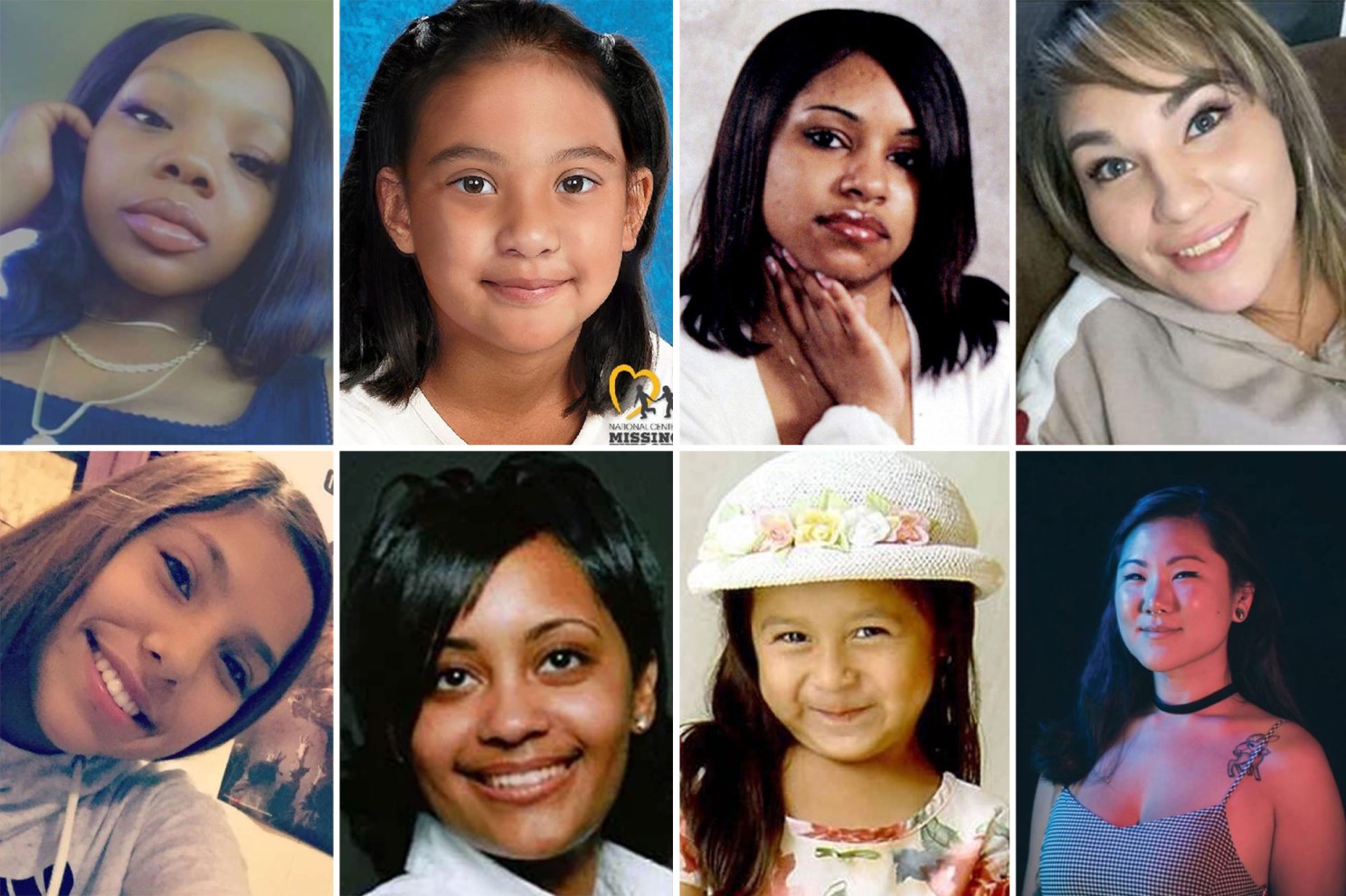
What happens when a woman goes missing? If she is White, her disappearance will likely unleash a media frenzy and state, or federal, resources will be deployed in an effort to find her. Local police will initiate a search, and federal entities, such as the FBI, may become involved. Her missing person poster will be splattered across streets and screens, her relatives will be interviewed on television, her story will be told by local and, likely, national media. She is likely to become the subject of a TVspecial, Netflix documentary, biography or memoir.
This has been the story of women, and children, including Jaycee Dugard, JonBenét Ramsey, Elizabeth Smart, Laci Peterson, Natalee Holloway, Madeleine McCann and most recently, Gabby Petito.
Petito’s story has captivated millions of viewers. News outlets compiled timelines of her case, the #gabbypetito hashtag received more than 200 million views on TikTok and internet users discussed and ‘investigated’ Petito’s disappearance. Petito’s own Instagram account grew from a few thousand followers to over a million since she was reported missing. Local police initiated her search and were later joined by the FBI and its partners who conducted ground surveys at Grand Teton National Park, the site of Petito’s disappearance. The FBI was also involved in questioning Brian Laundrie’s (Gabby’s fiancée and the main suspect in the investigation) parents and has been actively involved in his search. But what happens when the disappeared is not white?
The media frenzy over Petitos’ disappearance is part of the larger trend of “missing White woman syndrome.” When journalist Gwen Ifill coined the term in 2004, she stated that when a White woman goes missing, “you’re going to cover that, every day.” While the media is consumed by “missing White woman syndrome” and the state continues to center the disappearances of White women and girls, people of color continue to disappear at alarming rates, ignored.
In the United States, Black people constitute 13 percent of the population and 31 percent of missing persons; 54 percent of missing persons are White, though they make up 76 percent of the population. In 2020, of the 268,884 girls and women who were reported missing, 90,333, or nearly 34 percent of them were Black, according to the National Crime Information Center. Yet, Black women and girls make up only 15 percent of the US female population.
In Wyoming, where Petito was found, more than 700 Indigenous people disappeared between 2011 and 2020. The majority were women and girls. About 20 percent of those cases remained unsolved after a month, and just 18 percent of cases of missing Indigenous women over the past decade had any media coverage, while about 51 percent of White victims were in the news. Native women have long been prey to abuse and violence, particularly by non-natives. Despite this, their stories remain untold. Their cases remain unsolved, in part due to the jurisdiction crisis formed on tribal lands by the United States Congress. State, tribal, or federal law enforcement can be involved in an investigation. Yet federal law prevents tribes from arresting or prosecuting non-Natives on tribal land, a population which represents the majority of perpetrators.
“Missing White woman syndrome” and the lack of justice for missing women of color are a reflection of racism and Euro-centric beauty standards in the United States. The media’s focus on White victims leave women of color, victims of equally, or more heinous crimes, in the shadows. News outlets tell the stories of women who are White and conventionally attractive. Gabby Petito, a blond, young, White woman living the perfect life on social media was only one of them. Her story deserved to be told, but what about all the missing people of color whose disappearance have been ignored? When will they be in the spotlight?
The exclusion of people of color from media coverage perpetuates the narrative of a White America, “a story about danger and violence and womanhood.” A story where White women are victims, when the majority of homicide victims are men of color and missing people are disproportionately non-White. While their stories are ignored by the media and law enforcement, a woman like Gabby Petito can have hundreds articles and TV hours devoted to her case, trend on social media, and be searched for by the FBI and multiple law-enforcement jurisdictions. A name like Gabby Petito can stay in the headlines for weeks, but what about those of Lauren Cho, Jennifer Caridad, Ashley Loring Heavyrunner, and so many other women of color who remain missing?
Ultimately, media coverage and the deployment of law enforcement resources speak to the value that is placed on the life of a missing person. With such stark differences between missing White women and missing women of color, the message that is received is a clear one: White lives will be given precedent, even if this occurs at the expense of missing women of color. Women whose stories also need to be told. Women who, like Gabby, deserved to be found.
All missing women deserve to have their stories told, regardless of their race or ethnicity. While women of color continue to disappear at disproportionate rates, and their cases remain ignored, we cannot claim justice for missing women.
